Historical Road along the Miyagawa River
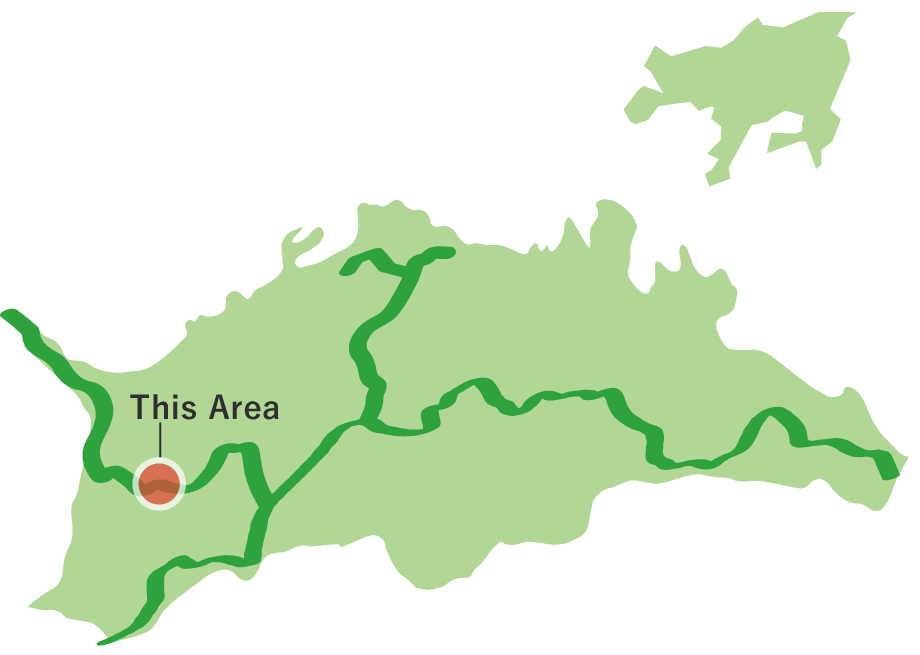
Historical Road along the Miyagawa River
This route, extending from Ominakami Shrine through Enmeiin Temple to the 70th temple, Motoyamaji, is dotted with historical sites. Strolling along the gentle flow of the Miyagawa River, you can explore historic shrines and temples and immerse yourself in the local history and culture. The 7.5 km route is mostly flat, making it a nice and easy walk for hikers. With plenty of breaks included, this route should take two and a half hours to complete.
Historical Road along the Miyagawa River(7.5km)

 Spots to photograph
Spots to photograph
If you wish to receive a certificate, please take a photo that includes yourself at the designated photo point for each course.
Nearby sightseeing spots

-
1
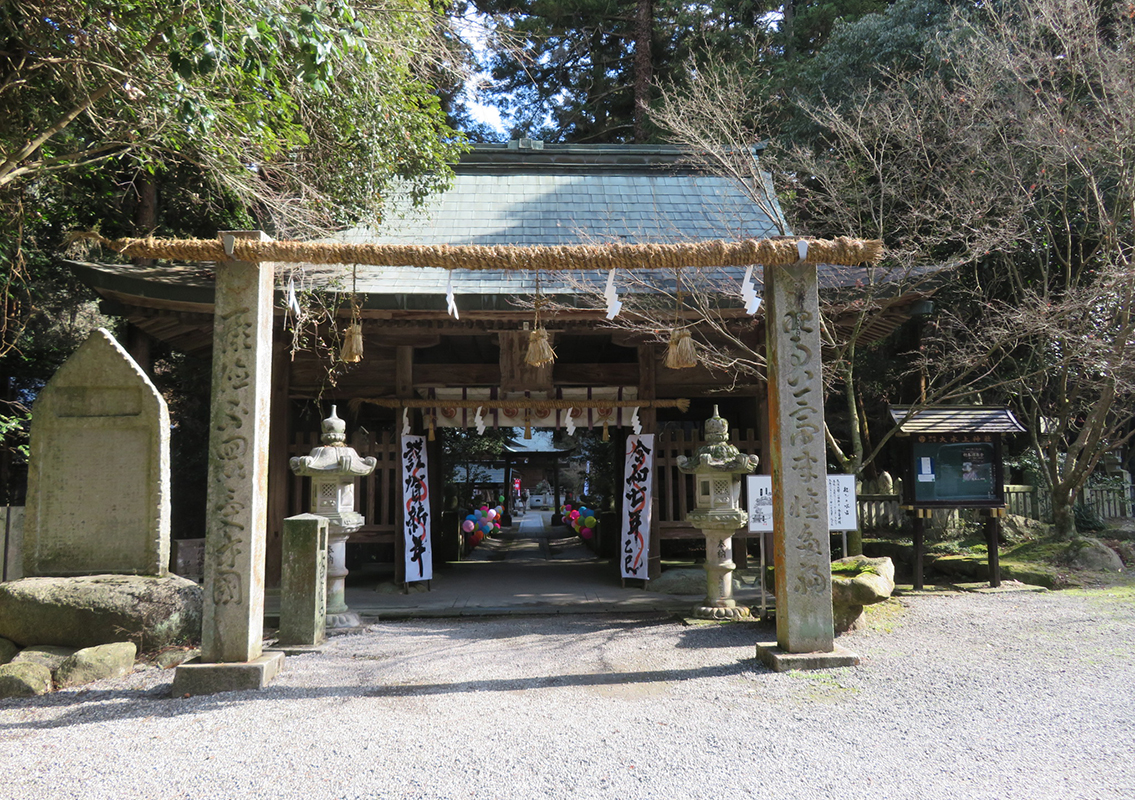 Ominakami Shrine (Kagawa Prefecture Green Space Conservation Area)
Ominakami Shrine (Kagawa Prefecture Green Space Conservation Area)Enshrining the god of water and worshipped since ancient times, the shrine is listed as the second one in Sanuki Province in the Engishiki Jinmyocho (register of shrines in Japan). The shrine grounds, surrounded by dense evergreen forests, are home to the Miyagawa River, selected as one of the 50 Water Environments to Preserve in Kagawa. Hikers can refresh their body and mind while enjoying the beautiful natural and historical surroundings.
-
2
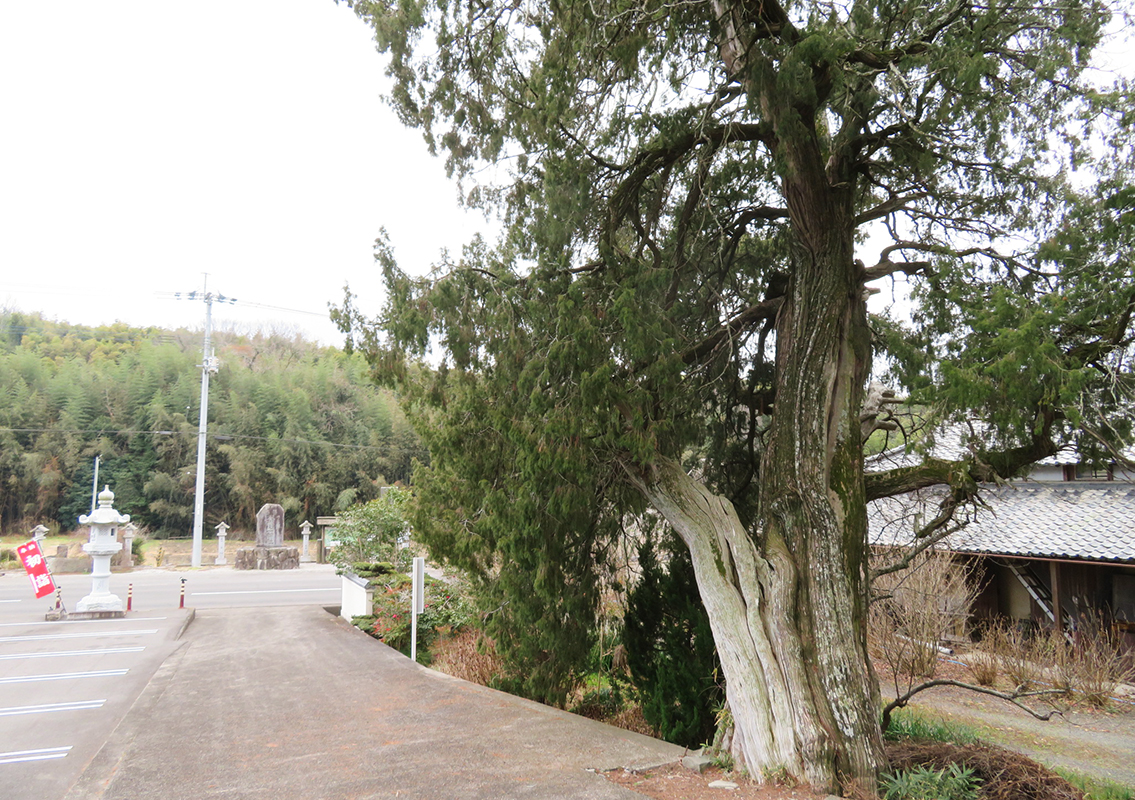 Kagawa Prefecture Natural Monument: Ninomiya no Nezu
Kagawa Prefecture Natural Monument: Ninomiya no Nezu"Nezu" refers to the Nezumisashi tree (Juniperus rigida), which has sharp, needle-like leaves. Since the pointed tips cause pain when touched, the tree was placed in rodent pathways to prevent their passage, giving it its name ("mouse" in Japanese is "nezumi").
This tree stands 4.4 meters tall, has a branch spread of 14 meters, and a trunk circumference of 4.4 meters at chest height, making it the second largest of its kind in Japan.
Burn marks on the lower part of the tree are said to date back to the Tensho period (1573–), when it survived an attack by the Chosokabe forces from Tosa. -
3
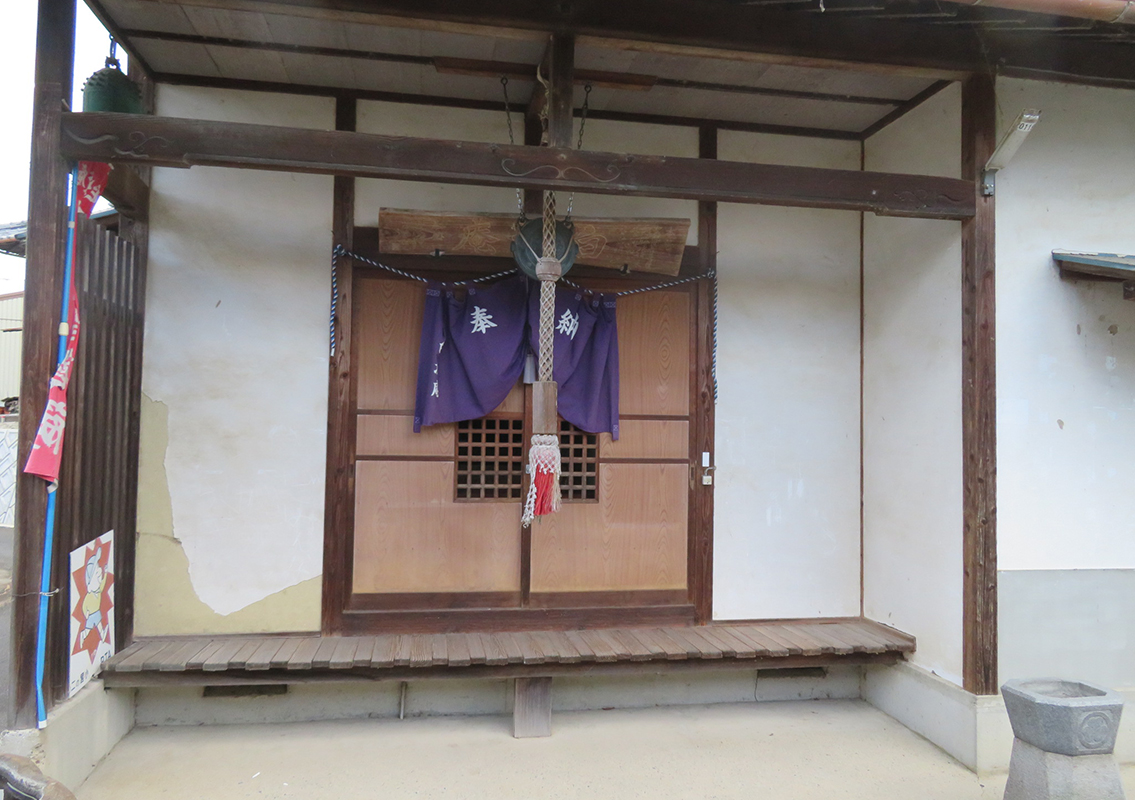 Shirasakaan
ShirasakaanFour standing Buddhist statues are enshrined here: the Holy Kannon, Yakushi Nyorai, Amida Nyorai, and Fudo Myoo.
It is believed to bring blessings for safe childbirth. -
4
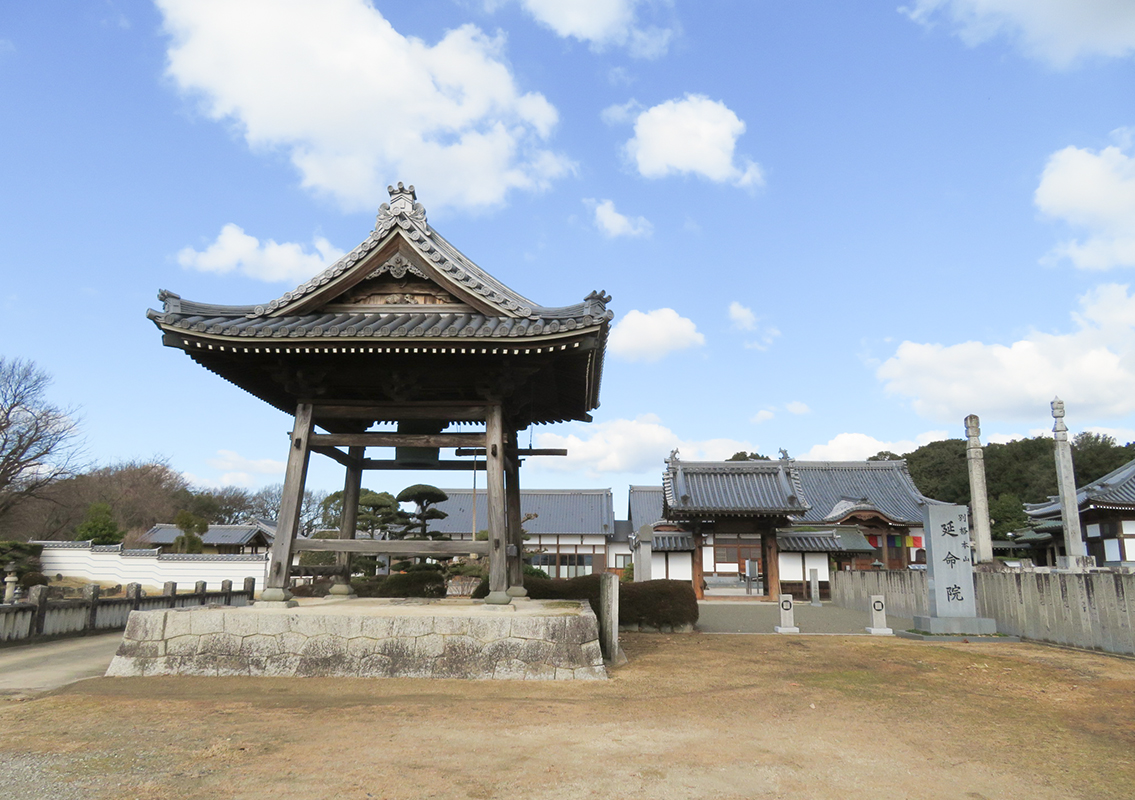 Enmeiin Temple
Enmeiin TempleEnmeiin Temple, also known as Shippozan Enmeiin Shorakuji, enshrines Shakyamuni Buddha as its principal deity, with Fugen Enmei Bosatsu and Monju Bosatsu as attendant figures.
Built atop a small hill, Enmeiin Temple was founded by Kobo Daishi and enshrines Bishamonten, the deity believed to dispel obstacles in life.
The temple grounds feature Robai (wintersweet) trees, and in late January, around 100 of them bloom with delicate flowers, filling the area with a gentle fragrance.
A well-maintained garden with a rest area provides visitors with a comfortable place to take a break. Within the temple grounds, hikers can also find the Enmei Kofun (ancient burial mounds). -
5
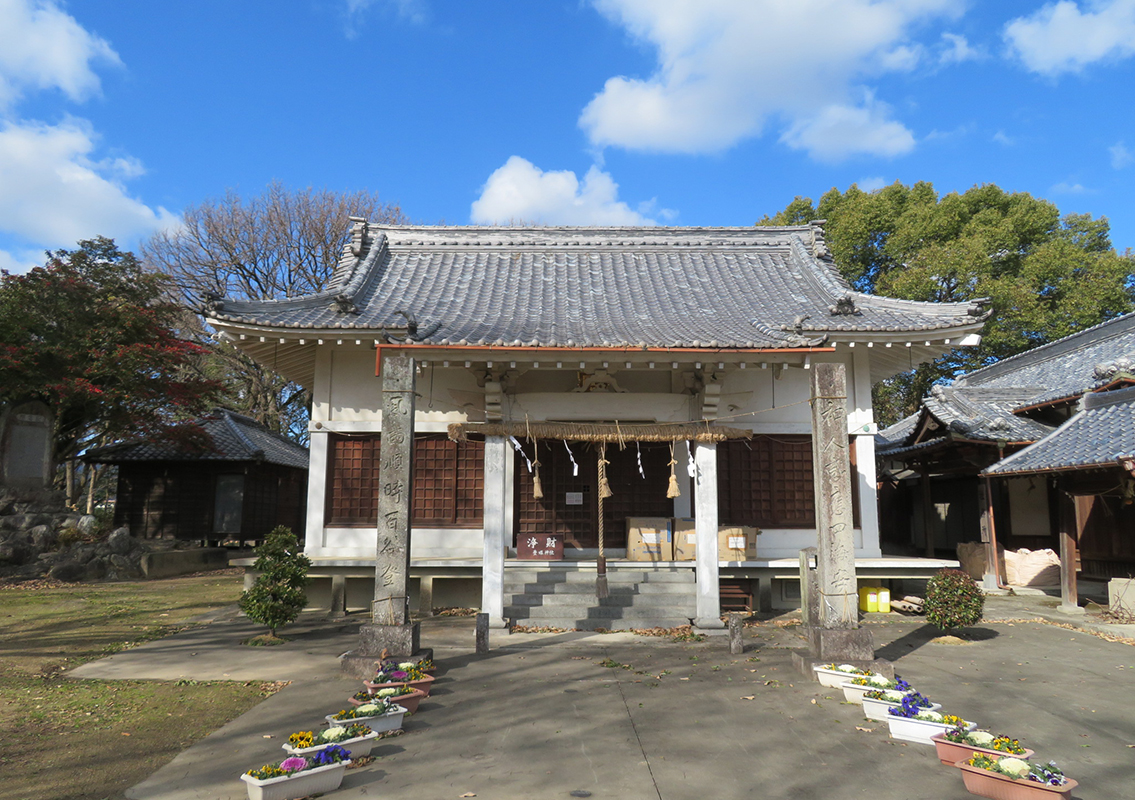 Tohohime Shrine
Tohohime ShrineThis beautiful shrine is located next to Enmeiin Temple.
The view from the Torii gate is stunning, offering a panoramic view of Toyonakacho.
The shrine is believed to bring blessings for family safety, business prosperity, romantic success, academic achievement, and warding off misfortune. -
6
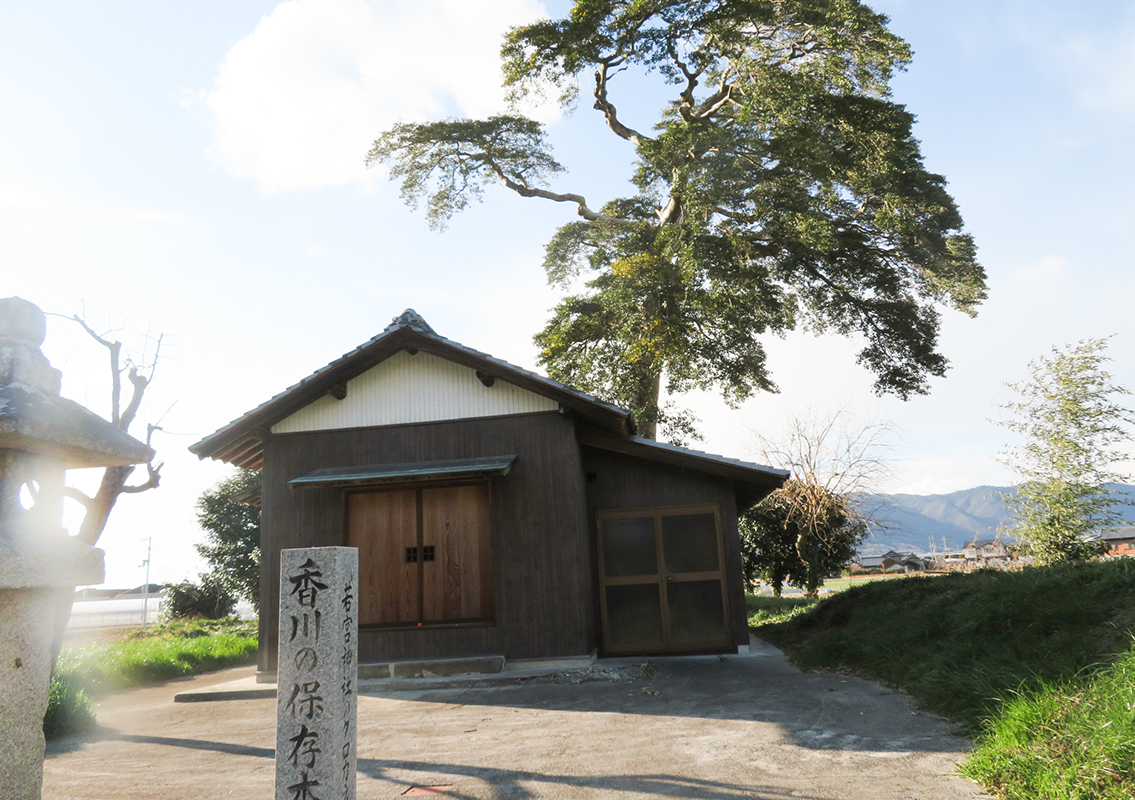 Kagawa's Preserved Trees: The Kurogane Holly of Wakamiya Shrine
Kagawa's Preserved Trees: The Kurogane Holly of Wakamiya ShrineA large Kurogane holly tree stands at the northern corner of Wakamiya Shine's main hall. Its trunk is white and leans slightly northward, growing straight and spreading out near the top like an open umbrella, forming a magnificent canopy. The tree has a trunk circumference of 2.4 meters, a height of 15 meters, and a canopy spanning 13 meters east to west and 12 meters north to south.
-
7
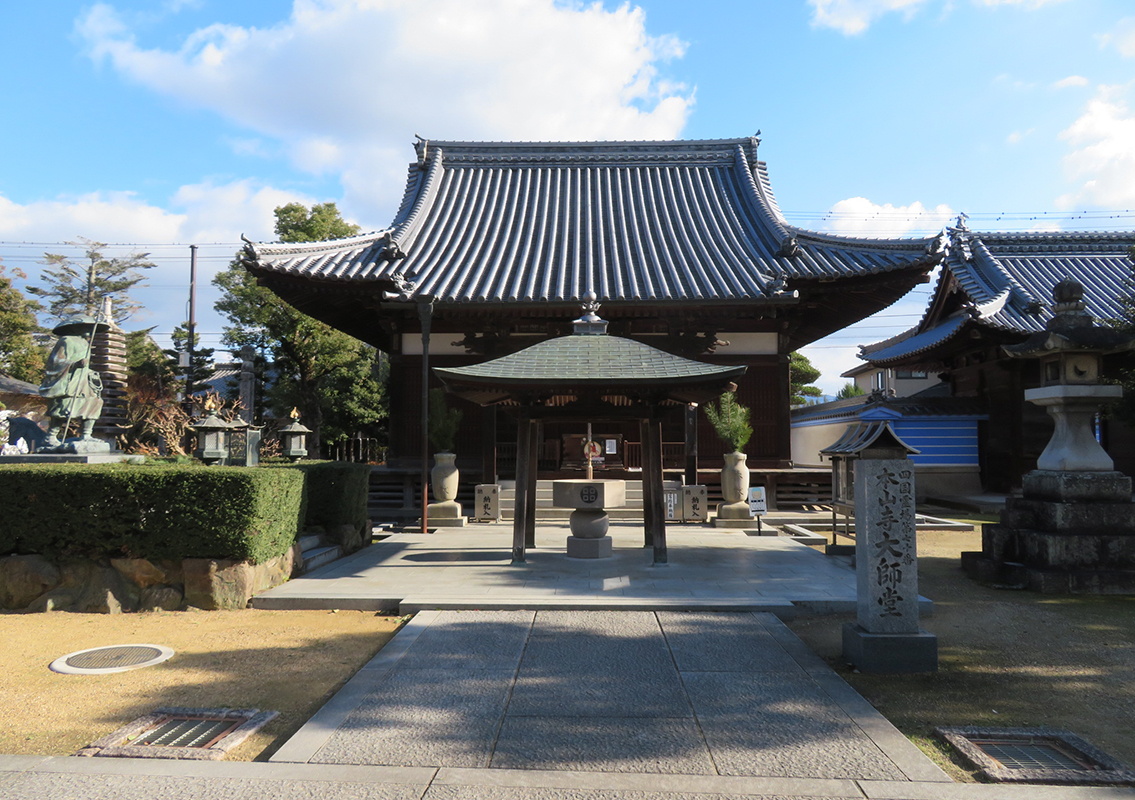 Motoyamaji Temple
Motoyamaji TempleThe area around Motoyamaji Temple is an old temple town known as Jike. The towering five-story pagoda stands tall in the temple grove, visible from afar, offering a calming sight to travelers. Within the temple grounds, structures such as the Niomon Gate, known as the Hakkyakumon (eight-pillared gate), the main hall, and various other buildings reflect the dignity of a grand temple.



